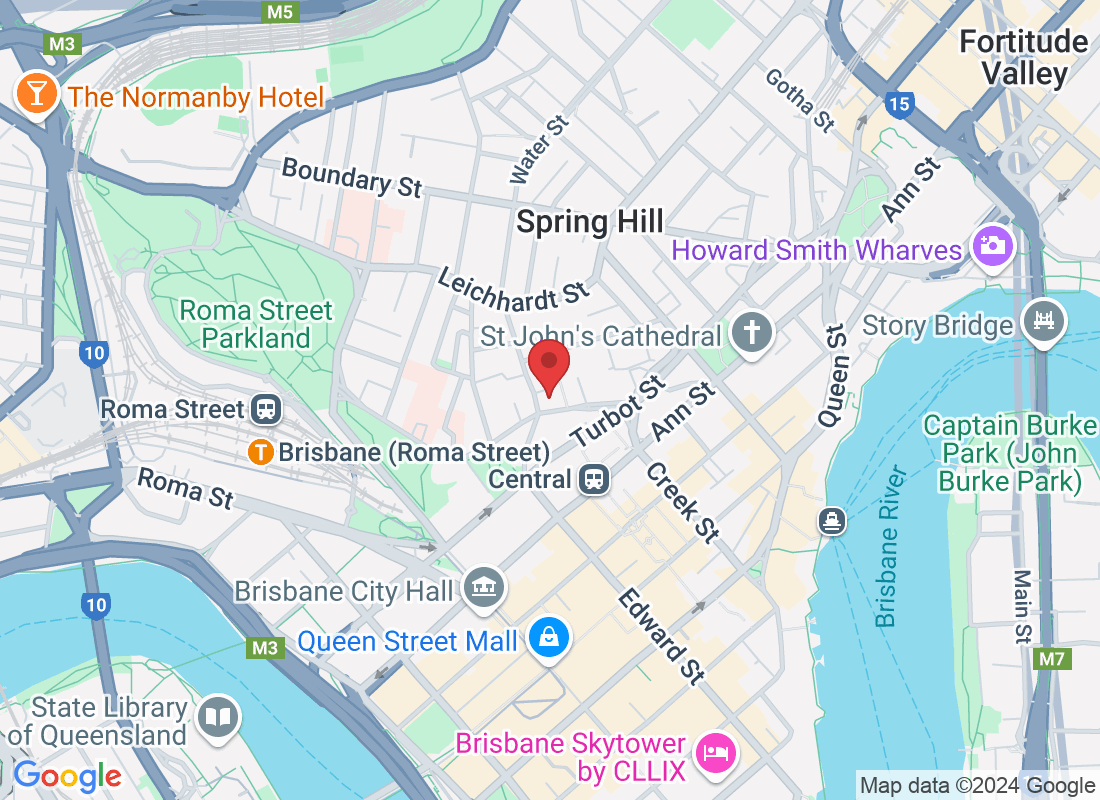
Torn Meniscus or Just a Sprain? Understanding Common Knee Injuries
That knee pain? Let’s figure out what’s really going on.
You twist your knee. There's a sharp pain. Maybe it swells a little or feels a bit “off.” And now you're wondering:
“Is this just a sprain… or something more serious, like a torn meniscus?”
You’re not alone—this is one of the most common questions we hear in the clinic. And while both injuries can feel similar, there are a few key differences that can help point you in the right direction.
What Is a Torn Meniscus?
The meniscus is a bit like a cushion inside your knee. It’s made of cartilage and helps absorb shock between your thigh bone and shin bone. You’ve got two of them in each knee—one on the inside and one on the outside.
A tear can happen if you twist your knee suddenly, especially when your foot is planted. It’s common in sports, but can also happen during everyday movements like squatting down or turning quickly.
You might feel a deep ache inside the knee, notice swelling that builds up over several hours, or hear a pop at the time of injury. Some people say their knee clicks, catches, or even feels like it gets stuck for a moment.
What Is a Knee Sprain?
A sprain means a ligament (the tissue that holds bones together) has been stretched or torn. This usually happens when the knee is forced in an unusual direction—like during a fall or a sudden change in movement.
With a sprain, you might feel pain around the sides or back of the knee. Swelling can show up fairly quickly, and it might feel wobbly or unstable—especially if you try to put weight on it. Depending on the severity, you might also notice bruising.
How Do You Tell the Difference?
Here’s a simple way to think about it:
If the pain is deep inside the knee, especially near the joint line, and your knee catches or clicks during movement, it might be a torn meniscus.
If the pain is more around the edges of the knee and it feels unstable or gave way when it happened, it’s more likely a sprain.
That said—knees are tricky. They’re complex joints, and symptoms often overlap. That’s why it’s best to have it assessed properly by a physio.
What Will a Physio Do?
You don’t need to jump straight into scans or see a specialist first. A physio can do a full assessment to figure out what’s going on with your knee.
They’ll ask how the injury happened, what your symptoms are, and check how your knee moves, feels, and responds to certain gentle tests. Most of the time, they can give you a clear idea of the problem without any imaging.
If something more serious is suspected, they’ll point you in the right direction—but usually, you can start treatment straight away.
What Does Treatment Look Like?
Whether you’ve got a torn meniscus or a sprain, physio can help you recover—without surgery in most cases.
Here’s how:
✅ Calm the pain
First, we focus on settling things down. This might involve hands-on treatment, gentle movement, ice, or taping.
✅ Improve mobility
As the swelling eases, we help you start moving your knee again—without pain or stiffness.
✅ Build strength
Weak muscles can make knee problems worse. We’ll guide you through safe exercises to rebuild strength and stability, especially in your quads, hamstrings, and glutes.
✅ Get you back to your life
Whether it’s sport, work, or chasing the kids around, we’ll help you return safely and confidently.
Not Sure What You’ve Done? We’ll Help You Figure It Out.
You don’t have to guess what’s wrong with your knee—or wait for things to get worse. A physio can give you answers, a plan, and support every step of the way.
Book an appointment with our team today, and let’s get your knee moving (and feeling) better.



